Find Your Perfect Wood Product
If you find a product you like, reach out to us for more details and assistance.
Bloodwood
Extraordinarily hard, dense, and tight grained. Bloodwood often holds a lot of tension in the wood, making it unstable and prone to twist or cup. It’s best used in small pieces. However, woodworkers like the way it finishes and polishes, and the vivid color is always eye catching.
Length: 9′
Thickness: 4/4 $12.75/Bd ft
- Common Name(s): Bloodwood, Satine, Cardinalwood
- Scientific Name: Brosimum rubescens
- Distribution: Tropical South America
- Tree Size: 80-150 ft (25-45 m) tall, 4-7 ft (1.2-2.1 m) trunk diameter
- Average Dried Weight: 66 lbs/ft3 (1,050 kg/m3)
- Janka Hardness: 2,900 lbf (12,900 N)
- Crushing Strength: 14,310 lbf/in2 (98.7 MPa)
Heartwood: A bright, vivid red. Color can darken to a darker brownish red over time with exposure to light. Applying a thick protective finish, and keeping the wood out of direct sunlight can help slow this color shift.
Sapwood: pale yellowish color, though given the typically large trunk diameters, it’s seldom seen or included in imported lumber.
Grain: Straight or slightly interlocked. Has a fine texture with good natural luster, and is also somewhat chatoyant.
Bloodwood is rated as very durable, and resistant to most insect attacks.
It’s extremely dense, and has a pronounced blunting effect on cutters. The wood tends to be brittle and can splinter easily while being worked. Those persistent enough to bear with the difficulties of working with Bloodwood to the finishing stage are rewarded with an exceptional and lustrous red surface.
- Fine furniture
- Musical instruments
- Decorative pieces
- Specialty wood items
- Turned objects

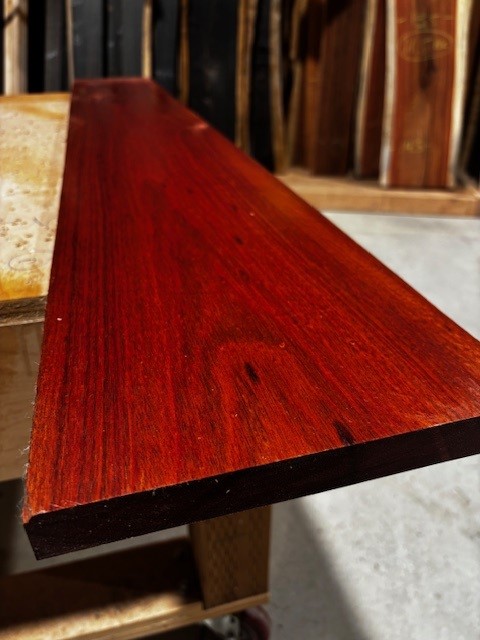
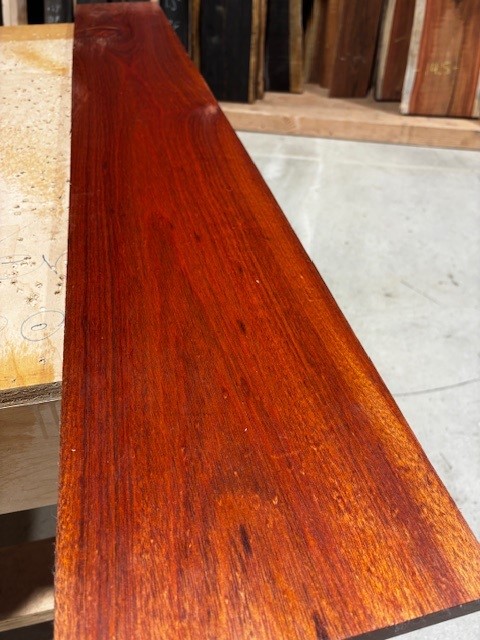
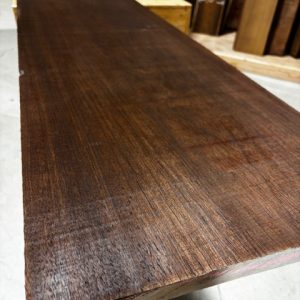
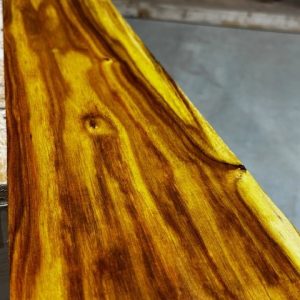

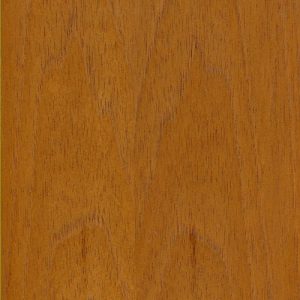
Traditionally known by the name Satine, it’s no wonder that the wood (now more commonly called Bloodwood) has grown so popular as an imported wood species. Though it poses some challenges in working characteristics, its hardness, strength, and coloration make this a crimson favorite. For additional tips on sustaining the beauty of your Bloodwood over time read this article.